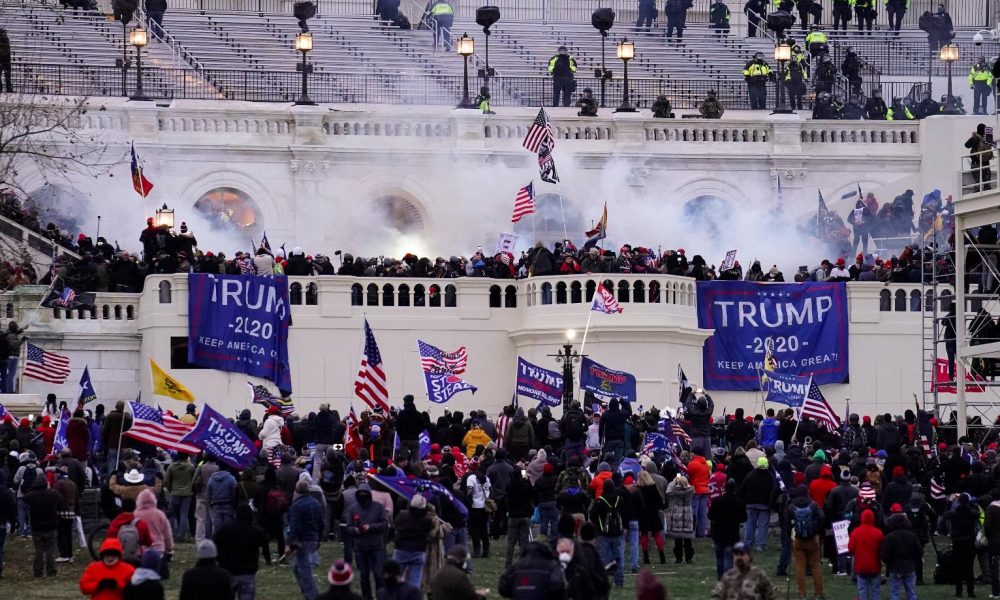A bipartisan Senate committee released a report on Tuesday detailing their findings concerning the events of January 6. They emphasized egregious miscommunication within D.C. law enforcement.
What We Know:
- The report concluded that the Capitol Police‘s main intelligence team was aware of a potential threat days or weeks ahead of January 6. Senate aides were mainly concerned with how law enforcement relied on the nonviolent nature of past MAGA marches to determine their response.
- The Senate Rules and Homeland Security Committees conducted two high-profile hearings earlier this year with current and former officials from the Capitol Police in addition to the departments of Justice, Homeland Security, and Defense. They also reviewed various documents, interviews, and statements previously released.
- More extensive, closed-door interviews were held with top Department of Defense officials. The committee’s findings mainly reiterated previous conclusions that addressed the FBI and Homeland Security’s failure to produce a threat assessment and leadership issues in the Capitol Police.
- The committee cited 20 recommendations in their report. Some included a review of the intelligence handling, joint training exercises for law enforcement regarding D.C. threats, and legislation to allow the Capitol Police Chief to call for emergency backup without board approval.
- Former Defense Secretary Christopher Miller and Chair of Joint Chiefs of Staff General Mark Milley defended their organizations’ actions on January 6 but noted they had raised concerns. Both had asked if permits for half of the demonstrators could be revoked and if the district could be locked down.
- Acting Capitol Police Chief Yogananda Pittman had been interviewed several times concerning the preparation for that day. The report pointed out clear discrepancies in her testimonies. The Capitol Police said in a statement, “Neither the USCP nor the FBI, US Secret Service, Metropolitan Police or our other law enforcement partners knew thousands of rioters were planning to attack the US Capitol.”
- However, the Senate report called attention to the plethora of internet postings from rioters prior to January 6 that contradict this. It seemed as though officials struggled to interpret content posted as protected speech or credible threats. Capitol Police had seen information on a pro-Trump website prior to the attack that discussed the tunnel system beneath the buildings and encouraged participants to bring weapons. A CP official reported to the FBI an uptick in visitors to the website WashingtonTunnels.com.
- While the report does provide valuable insight into the events that occurred before and during January 6, the bipartisan effort fails in other respects. It does not look into the involvement of former President Trump and refuses to use the term insurrection to describe the events. The report nods towards some of Trump’s statements but does not explore the relationship between the two.
This report follows the rejection of a House of Representatives bill meant to establish a bipartisan commission to study the insurrection. This would include people outside of Congress and the current Administration. Senators have remained largely split on this issue, but the new evidence presented in this investigation might encourage a more thorough examination.



